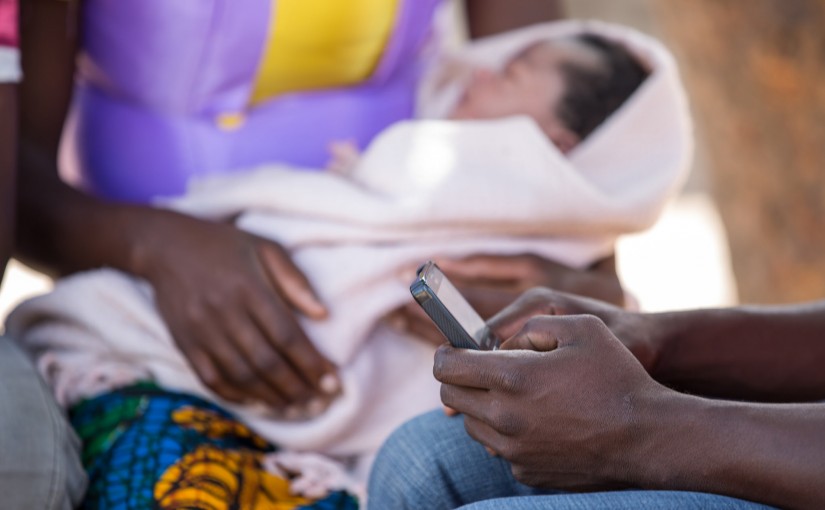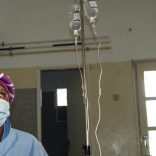Mozambique: "We give victims what they need"
There are villages in Mozambique with more mobile phones than latrines – researcher

Lusa (File photo)
The administrator of the International Voluntary Service for African Development (VIDA) Patrícia Maridalho said yesterday that in a survey of 59 families in a village in Mozambique there were “110 mobile phones and 17 latrines, which shows how much there is to be done”.
This example of the asymmetries of development in Africa was given at the end of a ‘Paths to African Development’ conference held yesterday at the Faculty of Economics of the New University of Lisbon.
Investment in education and training of African leaders was one of the points that brought together speakers who felt that it was important to listen to Africans to learn what they needed, rather than ‘helping by force’.
Paula Barros, director of the Camões Institute for Cooperation and Language, gave another example of real life on a continent where “one in two Africans lives in extreme poverty, does not get the minimum income, has no access to health and education and no access to employment”.
Barros said that “many girls leave school not only because they have to help families in agriculture and attend to their younger siblings, but also because schools do not have toilets or sanitary towels. And when they do not have them during the menstrual period, they cannot go to school, so they give up on schooling, which aggravates the inequality between boys and girls.”
The enthusiastic use that Africans make of new technologies was one of the topics discussed in various meetings and articles, pointing out the ‘technological leap’ which sees, for example, more mobile phones than land lines and the speedy uptake of mobile banking services and social networks on the continent.












Leave a Reply
1 Comment on "There are villages in Mozambique with more mobile phones than latrines – researcher"
You must be logged in to post a comment.
You must be logged in to post a comment.
From an academic or developmental perspective, this is a completely useless comparison. The only relevant issue here is whether 17 latrines for 59 households is a problem and why, regardless of the number of mobile phones per household. Mobile phones are for individual use, and it’s only natural to find more mobile phones than latrines in a household. Many households choose to share latrines in rural areas, and use those “savings” to invest in mobile phones and other non-sharable goods, which are important for other aspects of their lives, such as mobile money, communication with friends and relatives, etc.